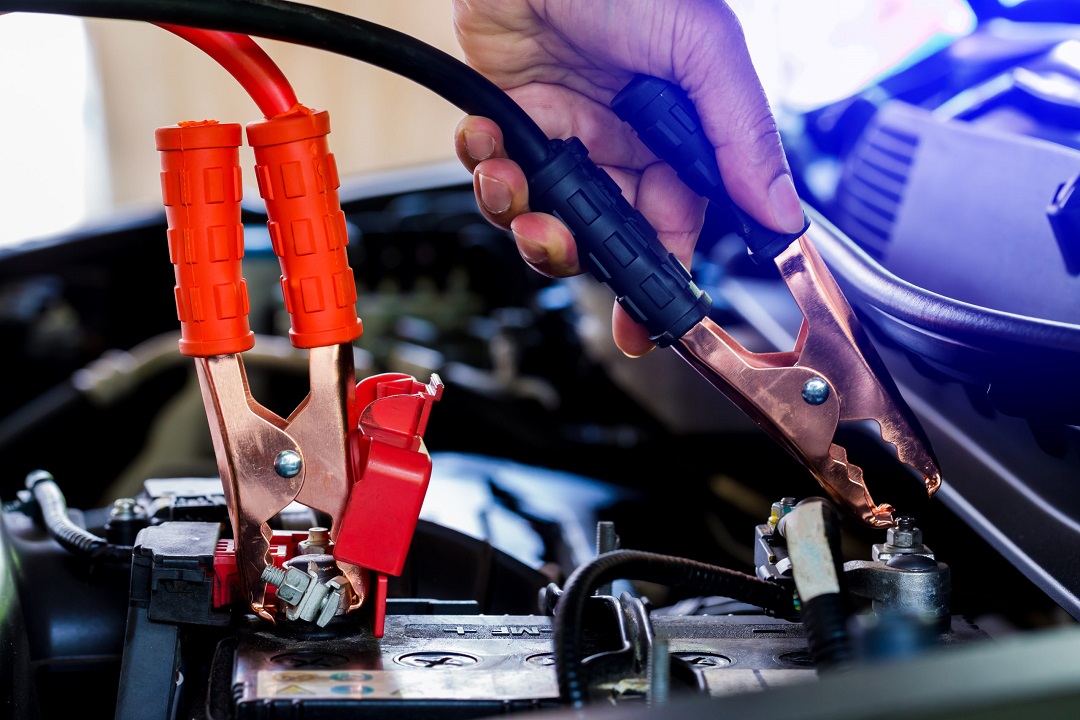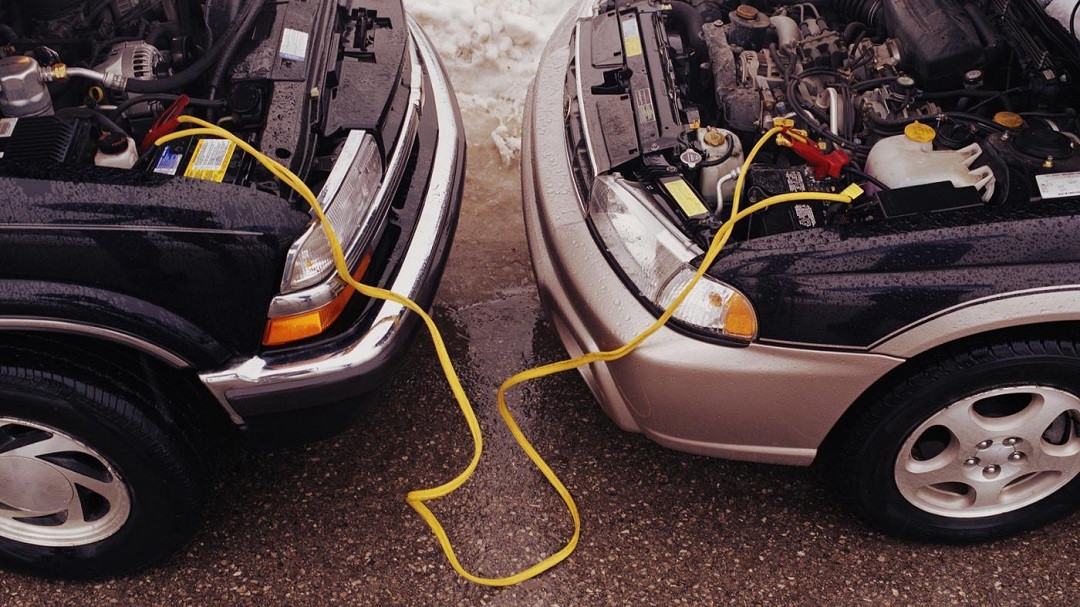Ever been in that nerve-wracking situation where your car just won’t start? It’s like your trusty steed has suddenly decided to take an unexpected nap, leaving you stranded in the middle of nowhere. But fear not, because jumping a car is a skill that can save the day and get you back on the road in no time. So, let’s dive into the world of car jumping and learn how to bring your vehicle back to life.
Assess the Situation
First things first, take a moment to assess the situation. Is your car completely dead, or is it struggling to turn over? If you turn the key and hear a clicking sound or the engine cranking slowly, chances are your battery is the culprit. If there’s no response at all when you turn the key, it could be a more serious issue with the starter or alternator.
Gather Your Tools
To jump-start a car, you’ll need a few essential tools:
- Jumper cables: These are the lifeline that will connect your dead battery to a live one.
- Another vehicle with a working battery: Ideally, find a friend or a Good Samaritan willing to lend a helping hand.
- Safety gear: Always prioritize safety by wearing gloves and safety glasses to protect yourself from any sparks or battery acid.
Position the Vehicles
Park the working vehicle close enough to the dead one so that the jumper cables can reach both batteries. Make sure both cars are in park (for automatic transmissions) or neutral (for manual transmissions) and turned off. Engage the parking brake on both vehicles to prevent any unexpected movement.
Connect the Jumper Cables
Now, it’s time to connect the jumper cables:
- Open the hoods of both vehicles and locate the batteries. They’re usually under a plastic cover with plus (+) and minus (-) symbols indicating the terminals.
- Identify the positive (+) and negative (-) terminals on each battery. The positive terminal is usually larger and marked with a plus sign, while the negative terminal is smaller and marked with a minus sign.
- Start by attaching one end of the red jumper cable to the positive terminal of the dead battery.
- Next, connect the other end of the red jumper cable to the positive terminal of the live battery.
- Attach one end of the black jumper cable to the negative terminal of the live battery.
- Finally, connect the other end of the black jumper cable to an unpainted metal surface on the dead car, such as a bolt or bracket. This helps prevent sparks near the battery.
Jump-Start the Car
With the cables securely connected, it’s time to jump-start the car:
- Start the engine of the working vehicle and let it run for a few minutes to charge the dead battery.
- Try starting the dead car. If it doesn’t start right away, give it another minute or two to charge.
- Once the dead car starts, leave both engines running for a few more minutes to ensure the battery has enough charge.
Disconnect the Jumper Cables
Once the dead car is up and running again, it’s essential to disconnect the jumper cables properly:
- Start by removing the black jumper cable from the unpainted metal surface of the previously dead car.
- Next, remove the black jumper cable from the negative terminal of the live battery.
- Then, remove the red jumper cable from the positive terminal of the live battery.
- Finally, remove the red jumper cable from the positive terminal of the previously dead battery.
FAQs: Answering Your Burning Questions
Let’s address some common questions about jumping a car:
Q: Can you jump-start a car with a hybrid vehicle?
A: Yes, you can jump-start a car with a hybrid vehicle, but be sure to consult the owner’s manual for specific instructions and safety precautions.
Q: How long should you let the dead car run after jump-starting it?
A: It’s a good idea to let the previously dead car run for at least 10-15 minutes to ensure the battery has enough charge to stay alive.
Q: Can jump-starting a car damage the electronics?
A: Jump-starting a car properly should not damage the electronics, but it’s essential to follow the correct procedures to avoid any potential issues.
Q: What if the car still won’t start after jump-starting it?
A: If the car still won’t start after jump-starting it, there may be a more significant issue with the battery, starter, or alternator. It’s best to consult a professional mechanic for further diagnosis and repairs.
Q: How often should you replace your car battery?
A: Car batteries typically last around 3-5 years, depending on various factors such as climate, driving habits, and vehicle usage. It’s a good idea to have your battery tested regularly and replace it if necessary to avoid unexpected breakdowns.
Jump-starting a car may seem daunting at first, but with the right tools and know-how, it’s a straightforward process that can save you time, money, and headaches. Remember to always prioritize safety and consult a professional if you’re unsure about any aspect of the process.






